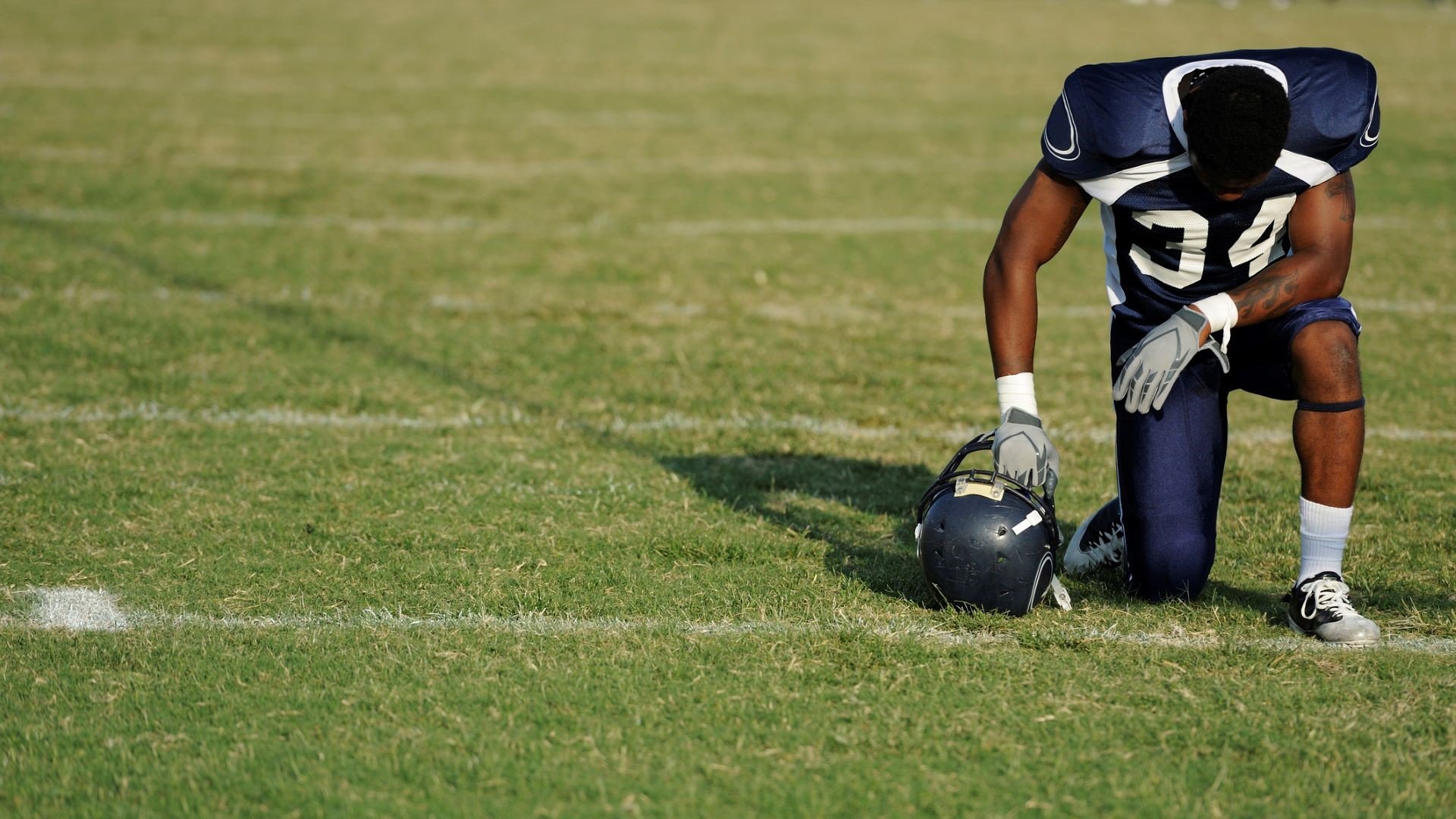Athletics Injuries: Understand Rhabdomyolysis

Strenuous workouts can cause severe, potentially life-threatening injuries, including the condition rhabdomyolysis (rhabdo). This condition causes rapid muscle damage that can result in permanent disability or death. Several extreme workouts by K-12 and college athletics teams resulted in large-scale rhabdomyolysis hospitalizations.
What Is Rhabdomyolysis?
The Centers for Disease Control and Prevention (CDC) describes rhabdo as a serious medical condition that occurs when damaged muscle tissue release its proteins and electrolytes into the blood.
These substances can lead to:
- Death
- Heart arrhythmias
- Seizures
- Kidney damage
- Permanent disability
Educate About Prevention and Response
Rhabdo isn’t widely known but has potentially catastrophic consequences. Train your staff and students on the causes, symptoms, prevention, and response. Create targeted education for your Athletics department, club sports, and campus fitness center.
Causes and Symptoms
Causes of rhabdo include muscle damage due to heat, overuse, and accidents. People with rhabdo might experience some of these symptoms:
- Muscle cramps, aches, or pains that are more severe than expected
- Dark urine (tea- or cola-colored)
- Feeling weak or tired, unable to complete tasks or finish a workout the person was able to do previously
Symptoms may not begin to appear until hours or days after the muscle injury.
Prevention
Prevention efforts should include:
Acclimatizing athletes to weather conditions, workouts, and new equipment.
- Limit duration and intensity of play for the first two weeks of training (the acclimatization period).
- Gradually increase each athlete’s exposure to play and environment.
- Use limited protective equipment during the acclimatization period to prevent overheating.
- Avoid maximum exertion until acclimatization is complete.
Preventing overheating.
- Ensure water sources are available to keep athletic groups hydrated.
- Provide frequent rest breaks for group athletic activities.
- Teach athletes to drink every 15 to 20 minutes throughout practices and competitions.
Encouraging students and staff to stay home when sick.
- Tell them that illnesses such as the flu, and use of cold medications, may increase risk for rhabdo.
Response
When experiencing rhabdo symptoms:
- Stop the current activity immediately.
- Cool down.
- Drink fluids.
- Seek immediate medical care. Go to a health care provider to get checked for rhabdo, which only can be identified through a blood test. Treatment may be as simple as drinking fluids and resting, or it may require hospital admission, IV fluids, monitoring, and treatment for specific serious symptoms.
Use Waivers and Assumption of Risk Forms
Your student-athlete waivers or assumption of risk forms should include reference to the risk of rhabdo and its potential for serious and life-threatening injuries, and possible impairment to the student’s future capacities. It should require students to agree to report any medical problems or symptoms promptly and seek specialized medical treatment when necessary.
More From UE
About the Author
-

Melanie Bennett, Esq., ARM-E
Senior Risk Management Counsel
In her role on UE’s Risk Research team, Melanie dives into timely topics affecting education. Her areas of expertise include protecting minors, enterprise risk management (ERM), technology accessibility, and athletics. Prior to joining UE, she interned at the U.S. Department of Education’s Office for Civil Rights. Melanie serves on the Higher Education Protection Network’s (HEPNet’s) Board of Directors.





